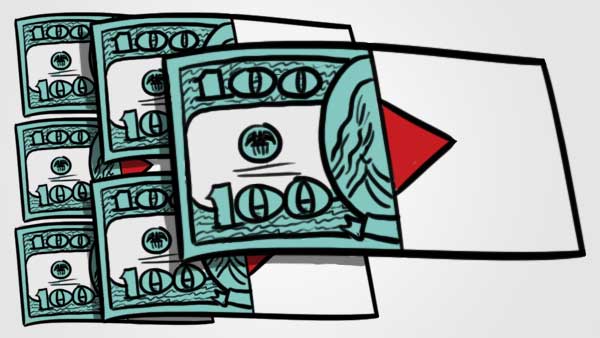‘Tis the season! No, we’re not talking about the season for roasted turkey dinners, roaring fires, weather delays, and counting down to a new year. It’s the time of year when marketing teams everywhere are diligently (or stressfully) hunkered down over spreadsheets and receipts, crunching numbers and seeking approvals on next year’s budget.
A content marketing budget can be complex; with so many competing line items, how can you be sure that you’re allocating your dollars wisely?
On average, 27% of a marketing budget is content marketing, with a whopping 1 in 9 budget dollars going to marketing by some estimates. This prompts another question. How can you benefit from the most bang for your marketing buck? How can you achieve high quality content with high ROI?
Here are a few tips to ensure that you’re on the right path.
Align Your Content Marketing with Your Overall Business Goals
Do you have a target persona or customer base you’re trying to grow?
If so, it’s key to match the content you create with those targets. (If not, you may want to fix that!) Try looking at your business goals through several different lenses. Determine who you’re trying to attract with your content.
Next, do some research and competitive analysis on what works to engage and them and maintain their interest. Finally, map a content marketing plan to address your goals. Be sure to include what you will spend on driving traffic to your content, and any internal tools or external resources necessary to help you achieve your goals.
Identify Where Your Expertise Adds Value
As you’re examining your assets, don’t overlook your most valuable resource: yourself! That’s right, you (and your team) should take inventory of your talents, interests, and expertise and figure out where you can contribute to content marketing.
Maybe your product managers could develop case studies to post on your website showcasing product applications or customer use case scenarios. Or you could institute a regular blog post by your CEO or CMO on emerging trends or how your business addresses common challenges.
Leverage subject matter experts either from your own team or within your industry to develop great content. Even something like a video interview or podcast can be a great way to get high-quality content minus a hefty price tag. By getting creative with your in-house creative energy, you can save money on freelancers, contractors, or agency work.
Which brings us to our next tip….
Figure Out Your Optimal Team
We all know the old cliché “many hands make light work.” Like most clichés, it exists because it’s true!
But the other oft-cited marketing cliché of “work smarter, not harder,” also applies here.
Once you’ve taken stock of how your in-house team is going to pitch in to execute your content marketing plan, go back to the map and look at the gaps in talent. Maybe you have a monthly podcast plotted out on your roadmap, but no audio engineer. Or a new landing page, but nobody with UX knowledge.
Armed with the knowledge of where your existing team needs help, seek out proposals from external resources. These can be freelancers, contractors, or agencies that specialize in your content needs. Shop around and do your homework to come up with a dollar amount that represents everything you’ll need to apply to outsourcing.
Then evaluate your options and encourage them to agree to terms and a timeline, as well as a clearly defined scope of work.
Plan for Consistency
Even on a shoestring budget, content marketing can be so effective that it ultimately pays for itself. The trick is to get efficient up front, by plotting your content on a yearly, quarterly, monthly, and weekly basis.
Ensure your audience can expect content regularly, and make sure that content is highly relevant and always includes a call to action. Schedule “content audits” to assess whether certain topics or types of content are resonating with your target audience.
Constantly monitor your metrics and analytics; be prepared to shift direction based on the results.
And be present on social media. Engage with your followers or commenters quickly and frequently. Also, be sure to monitor key trends in your business area so that you can plan ahead for your blogs or social posting.
Aim for Quality First, Quantity Second
Quality does matter. Most analysts agree that one piece of high-quality content is more valuable than 10 pieces of content with typos, jargon, or poor grammar. Obviously, upping your budget can often lead to higher-quality content. But you can also be strategic about where your quality content comes from.
For instance, you could take a page from marketing gurus at Warby Parker and transform an annual report into an interactive and informative piece of content marketing.
If you do intend to allocate budget to something pricey like an outsourced infographic or a heavily researched white paper, ensure it can have multiple uses. Rather than a one-and-done piece, look to create something that is easily updated and can be considered evergreen – the most seasonal, and most valuable, content of all.

